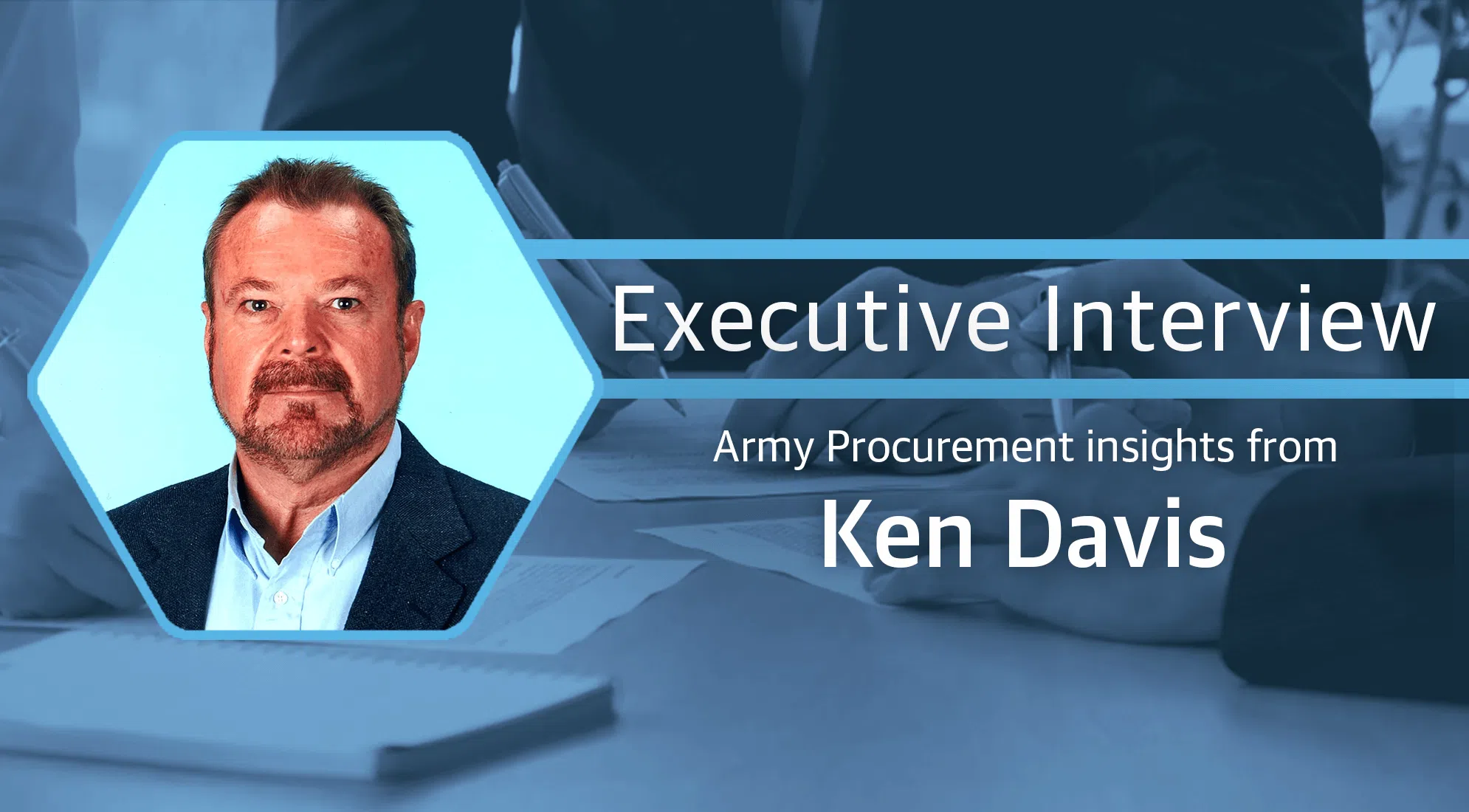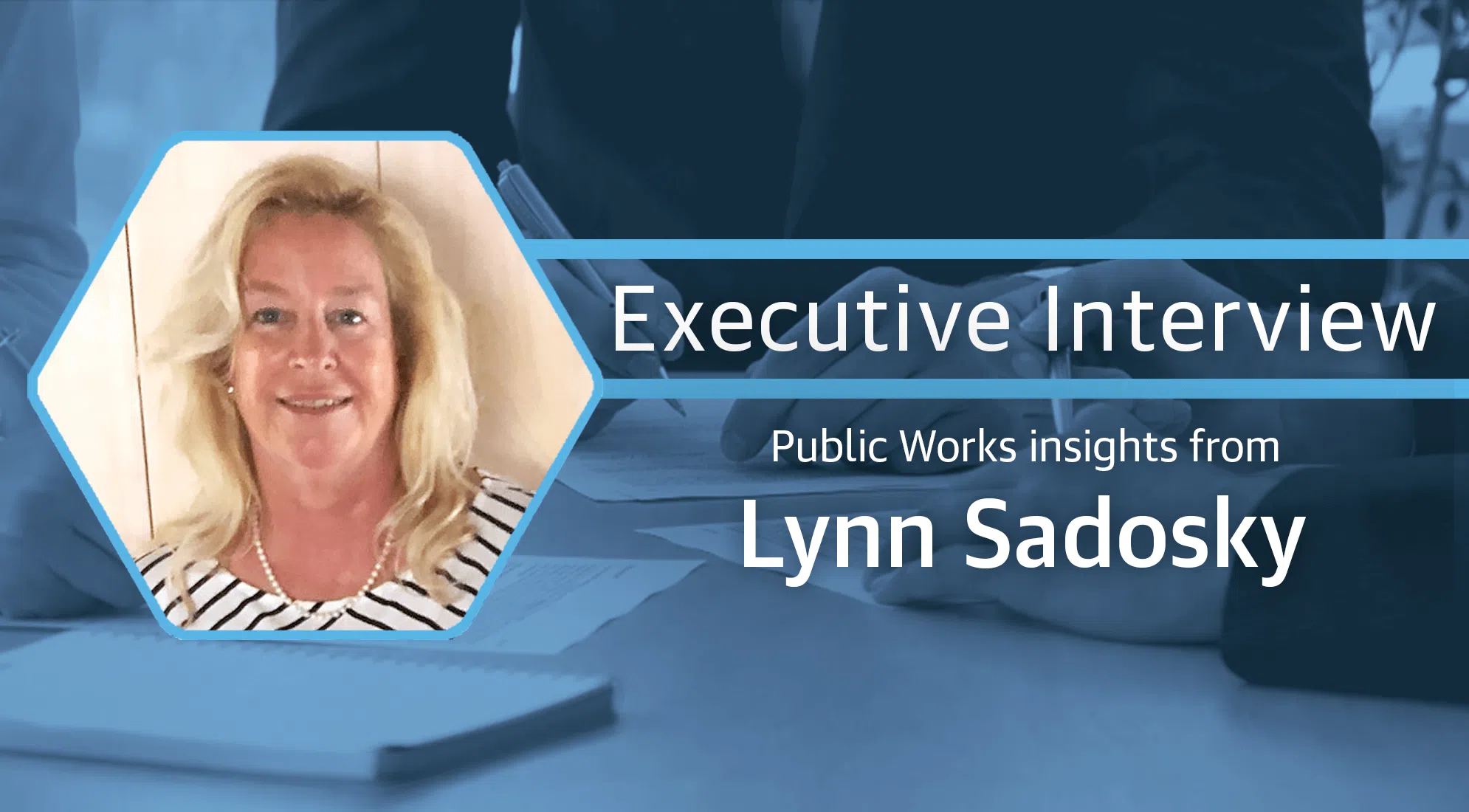
Army Procurement Insights from Ken Davis
June 28, 2023
Ken Davis spent 43 years as a civilian employee for the U.S. Army at Fort Stewart, Georgia. Working in the Department of Public Works, he helped Fort Stewart install and maintain its Job Order Contracting (JOC) program and was part of setting Army-wide standards for JOC. In this interview, he discussed the Army’s early use of the procurement program and how he saw it evolve over the years.
“We went from working up projects in two or three weeks to a matter of days.”
Ken Davis
When did you start working for the U.S. Army?
I started working for the Army in 1974 as engineering equipment operator working with heavy construction equipment. In 1984 I became a planner/estimator for civil construction at the Department of Public Works at Fort Stewart. At that time the projects we put together were primarily for the in-house workforce. Over time, we transitioned to a contract workforce.
How were you planning projects back then?
Early in-house projects were developed using Engineering Performance Standards (EPS), which was standard Army protocol at the time. For other projects, we were bidding on everything one at a time with individual, standalone contracts. We had to come up with specifications for every single contract or task order and most of our estimates were built using a hard copy of a unit price book and pencil. In 1987, we started using JOC at Fort Stewart before it was implemented Army-wide in 1988.
What were you trying to accomplish by changing your procurement process?
We were looking to put contractors on the ground faster. The other thing we wanted to do was make the process easier on our end. We didn’t want to write these contract packages every single time we wanted to accomplish a task.
Did it work? Were you able to start projects faster?
Yes. JOC allowed us to begin projects in about half the time it took to do a standalone contract.
But the process was still new. Were there any growing pains?
We had to do a lot of training with our procurement people. For example, a Contracting Officer (KO) once looked at an earthmoving line item in the unit price catalog and saw a particular make and model of tractor. The KO took that line item literally and wanted to see that tractor on the job and nothing else. We had to explain it didn’t have to be that specific tractor, it just had to meet the criteria of the line item. It sounds silly now, but that was a real issue back in those days.
You participated in something called the Job Order Contracting Steering Committee. What was that group trying to accomplish?
That committee was chartered in 1992. The primary purpose for that committee was to build a Job Order Contracting guide so there would be one consistent way to administer a JOC program Army-wide. Up until that time, every JOC installation had its own way of doing things. We needed a document people could refer to when questions arose, a guide for day-to-day issues.
In addition to the JOC steering committee, I participated in an ad hoc group put together to develop a JOC-specific unit price book. In my opinion that work was as important as what we were doing with the Steering Committee. The Steering Committee gave us a playbook for how to operate a JOC program, but without a price book, the program wouldn’t work.
How did your challenges change as your JOC program matured?
After the learning curve of getting the program in place was behind us, a lot of our focus shifted to training and building expertise across the Army. We trained our younger technicians to recognize unrealistically low coefficients during the procurement process to prevent a program failure due to insufficient profit for the contractor. We also trained our technicians to be especially mindful of bogus line items and inflated line item quantities during the proposal review.
How did the JOC program evolve in your time at Fort Stewart?
Moving from paper estimates to a computer-based program was big. Then, when we transitioned from the standalone server in our office to the cloud-based system, the program really took off. We could use the platform as a job management tool. All of our project records were in there and they were interactive with the price book. In a few keystrokes we could pull work we had already finished to a new project and 90 percent of our line items were already there. We went from working up projects in two or three weeks to a matter of days. It was the best job management tool out there.
What types of projects did you complete using JOC?
We did a lot of construction I’m proud of. We built several mental health facilities on Fort Stewart and several Army Community Services (ACS) facilities that serve soldiers’ families at Hunter Army Airfield. We completed numerous motor pool renovations and aircraft hangar renovations. We’ve converted building missions, changing gymnasiums to administrative areas, that sort of thing. We used JOC to build mock forward operation bases in remote areas where no power was available.
What advice would you give to someone considering using Job Order Contracting?
You really need people that know the individual trades. In this day and age of reduced budgets and manpower, that is going to be a tough nut to crack. With reduced expertise at the installation level, it’s valuable to have a partner that can provide turn-key services.
About Ken Davis
Ken grew up around heavy construction equipment, operating bulldozers, loaders and farm equipment by the time he was fourteen years old. He took on many roles in his 43+ years at Fort Stewart, serving as engineering equipment operator, contract administrator for the Land Management Branch, construction contract quality assurance representative and civil construction planner/estimator.
Ken competed in Formula 1 powerboat racing at the professional level for many years, resulting in national and international championships. During this time, he participated in several research and development projects with Mercury Marine and took part in race boat hull design research conducted by the Lockheed Wind Tunnel Group and Georgia Tech University. Ken is a lifelong motorist and outdoorsmen.

Share this:





